Have you ever thought about how zoos and aquariums help protect animals that are endangered species? Zoos and aquariums do more than just give animals a safe place to live. They are a key part of a big team effort to save these animals. This important work is called the Species Survival Plan.
The International Union for Conservation of Nature (IUCN) estimates that over 45,300 species are threatened with extinction. This alarming number shows how important conservation efforts are. This is where survival plans, often called SSPs, come in. These plans are like detailed blueprints. They are carefully designed to protect and manage the populations of specific species. SSPs focus on species that are close to disappearing.
In this article, we will explore the details of species survival plans. We will look at their importance and see the ways these plans are put into action. Get ready to discover how a network of dedicated scientists, researchers, and conservationists work to protect our planet’s biodiversity!
Species Survival Plan: A Lifeline for Endangered Animals
The Species Survival Plan (SSP) is a important program working to save endangered species. It brings together zoos and aquariums to work together to protect these animals. In the following sections, we will explore more about it. Keep reading.
The Wildlife Crisis:
Our planet faces a serious wildlife crisis with many species facing extinction. This section examines three main factors driving this crisis: habitat loss, the illegal wildlife trade, and climate change.
1. Vanishing Habitats:
As humans continue to expand their footprint on the planet, natural habitats shrink and disappear. Consider the orangutans in Borneo and Sumatra. Deforestation due to palm oil plantations has destroyed their rainforest homes. The Sumatran orangutan population has plummeted as palm oil plantations expand in Indonesia. As per the reports of BBC, a 2018 study by scientists revealed a shocking statistic. Over 100,000 orangutans have been lost in the last two decades alone.
According to the 2023 Forest Declaration Assessment, over 16 million acres were lost. This area is bigger than West Virginia. The main reasons for this forest loss are logging activities, livestock grazing, and road construction. According to the WWF, these activities are the primary drivers of forest degradation. This leaves them vulnerable to extinction. To combat this crisis, conservationists are implementing Species Survival Plans to protect the remaining orangutan populations.
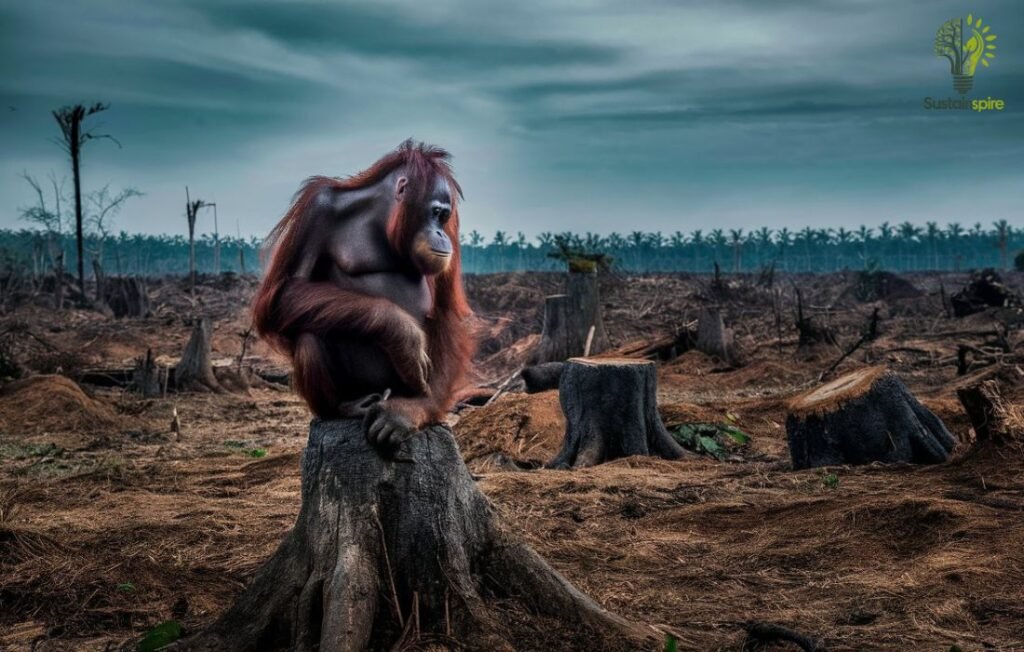
2. The Illegal Wildlife Trade:
The illegal wildlife trade is a serious threat to many species. It is driven by the demand for exotic pets, traditional medicine, and luxury goods. For example, the African elephant has been relentlessly poached for its ivory tusks. Driven by greed, the illegal wildlife trade pushes countless species towards extinction. From elephants poached for their ivory to exotic birds stolen for the pet trade, this cruel industry has devastating consequences. The U.S. Fish and Wildlife Service (FWS) estimates over 100,000 elephants were killed for their ivory between 2010 and 2012. The hope for these species, rests on Species Survival Plans to ensure their existence.
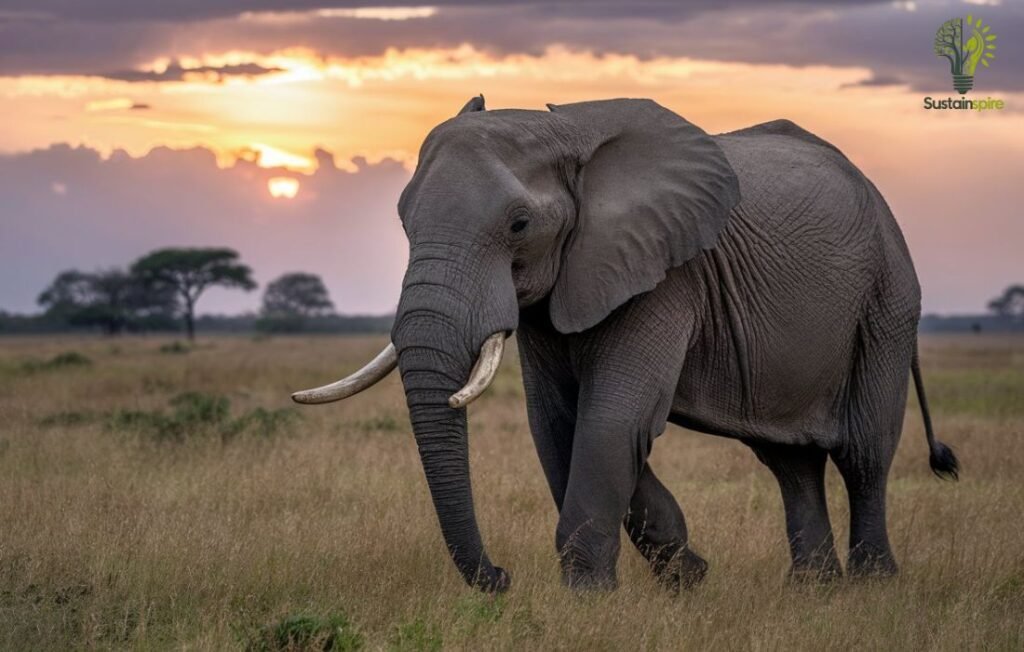
3. Climate Change Impacts:
The effects of climate change are increasingly impacting wildlife and their habitats. These effects include rising temperatures, changing rainfall patterns, and extreme weather events. The polar bear, heavily reliant on sea ice for hunting seals, is a good example. As sea ice shrinks due to warming temperatures, polar bears have fewer hunting grounds. This makes their survival a struggle. According to the National Snow & Ice Data Center, the Arctic is warming twice as fast as the rest of the planet!
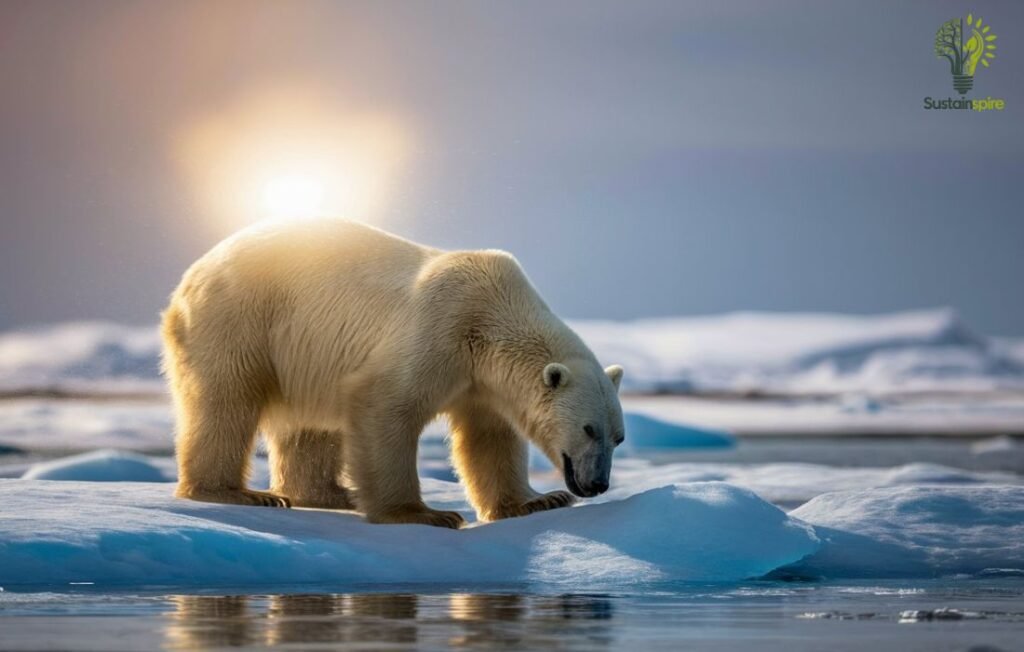
Species Survival Plans: Hope for the Future?
The natural world faces increasing pressure from human activities. This leaves many species vulnerable to extinction. The situation can feel dire. But, dedicated individuals and institutions are working to protect wildlife and ensure their survival. The Species Survival Plan offers a beacon of hope in these challenging times. In this section, we will learn what the Survival Plan is and why it is so important.
What is a Species Survival Plan (SSP)?
A Species Survival Plan, or SSP, is a program that carefully manages breeding and conservation for species that are threatened or endangered. It is like a matchmaking service for endangered animals but uses a lot of science. Experts at zoos and aquariums develop and manage SSPs. These zoos and aquariums are accredited by organizations like the Association of Zoos and Aquariums (AZA).
The SSP program manages species populations. AZA-accredited zoos and aquariums, Certified Related Facilities, and Sustainability Partners work together in this program. An AZA SSP Program begins when the AZA community identifies a need based on demand and potential sustainability. Taxon Advisory Groups then select programs. There are almost 300 SSP Programs within AZA. Each program has a Taxon Advisory Group that manages it. Each group develops a population Studbook and a Breeding and Transfer Plan. Let us learn more about it in the following sub-sections.
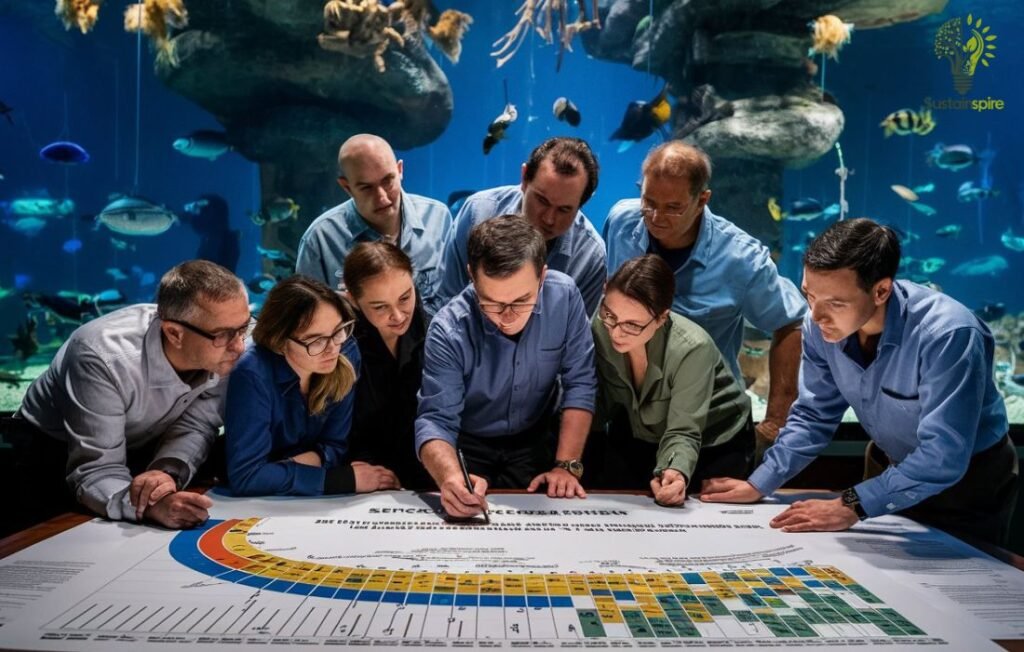
1. Zoos Working Together: Species Survival Plan
SSPs are collaborative efforts. Zoos and aquariums around the world work together in these plans to ensure the long-term survival of vulnerable species. These institutions share valuable animals, expertise, and resources instead of working alone. This collaborative approach helps maximize genetic diversity, which is important for maintaining healthy populations.
For example, the Species Survival Plan for the California Condor helped save this bird from extinction. The population grew from only 22 birds in 1982 to over 500 today. The Association of Zoos and Aquariums (AZA) oversees many SSPs. It has over 251 accredited members.
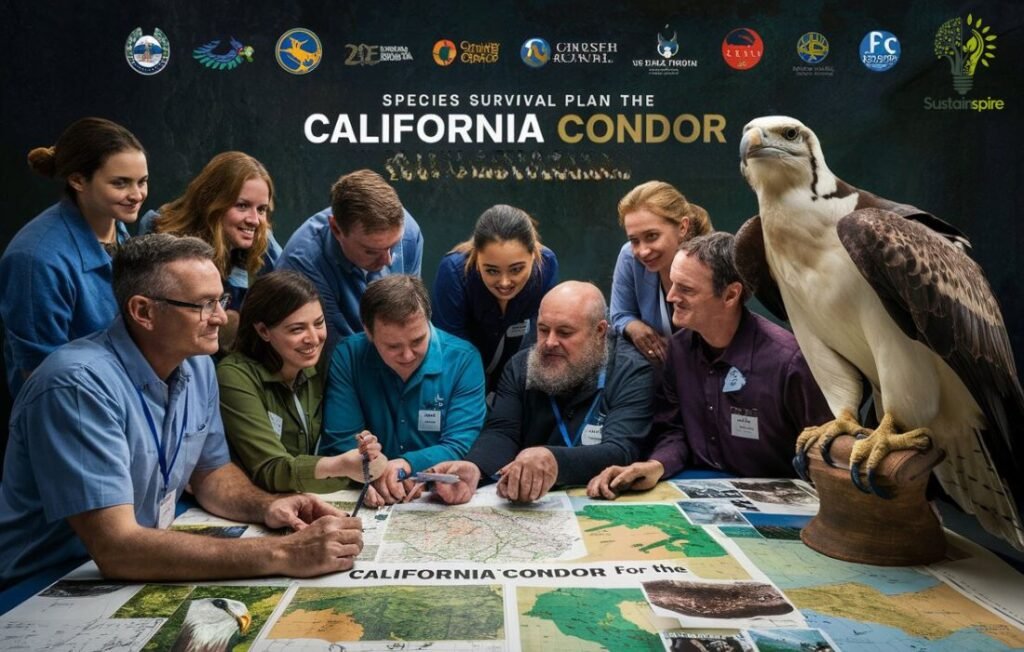
2. The Science Behind SSPs:
Species Survival Plan uses strong scientific ideas. Experts look at population information, genetics, and animal reproduction to make breeding plans. SSPs carefully match animals for breeding to keep a wide variety of genes in the population. This variety helps populations survive diseases and environmental changes. This focus on science ensures each new baby helps the species survive in the future. The Black-footed Ferret, once thought to be extinct in the wild, still exists today because of the SSPs’ breeding programs.
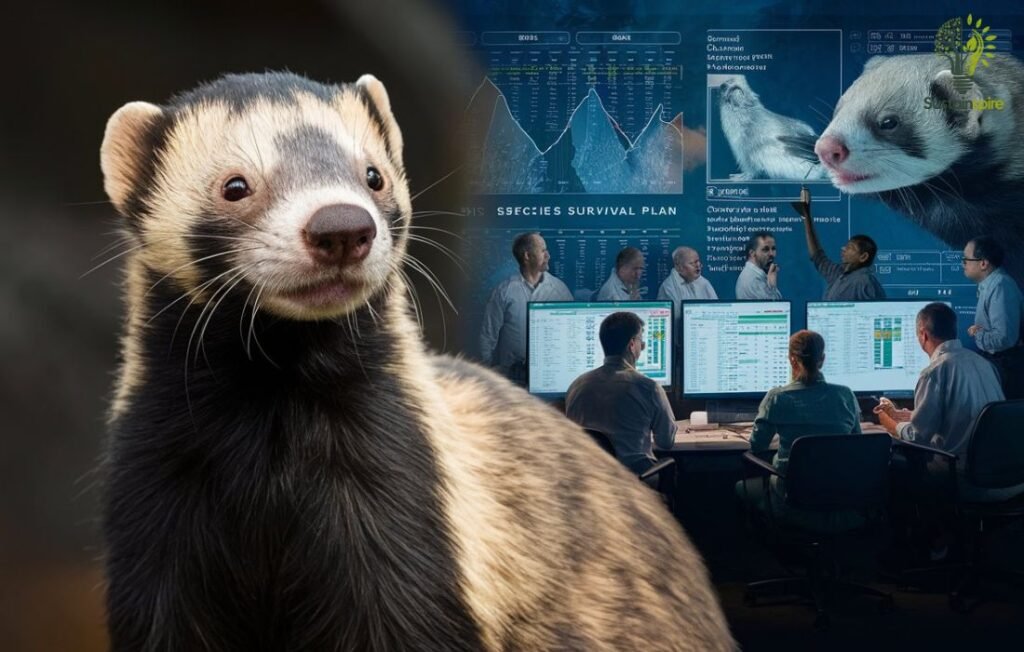
Why Are Species Survival Plans Important?
Species Survival Plans (SSPs) are conservation programs. These programs are carefully planned and put into action by zoos and aquariums. These zoos and aquariums are accredited by groups like the Association of Zoos and Aquariums (AZA).
SSP Programs are run by expert advisors. These experts work together to maximize healthy bloodlines. They also manage the population and long-term sustainability of certain animals in AZA institutions. Each SSP Program manages the breeding of a species or sub-species. They do this by working with the AZA Population Management Center (PMC), Reproductive Management Center (RMC), Program Leaders, and representatives from each institution. Together they develop a breeding and transfer plan.
These plans are critical for safeguarding species that are on the brink of extinction. SSPs are not just about protecting animals. They ensure healthy populations that can support themselves for future generations. But how exactly do they achieve this? Following are the ways SSP programs ensure the survival of species.
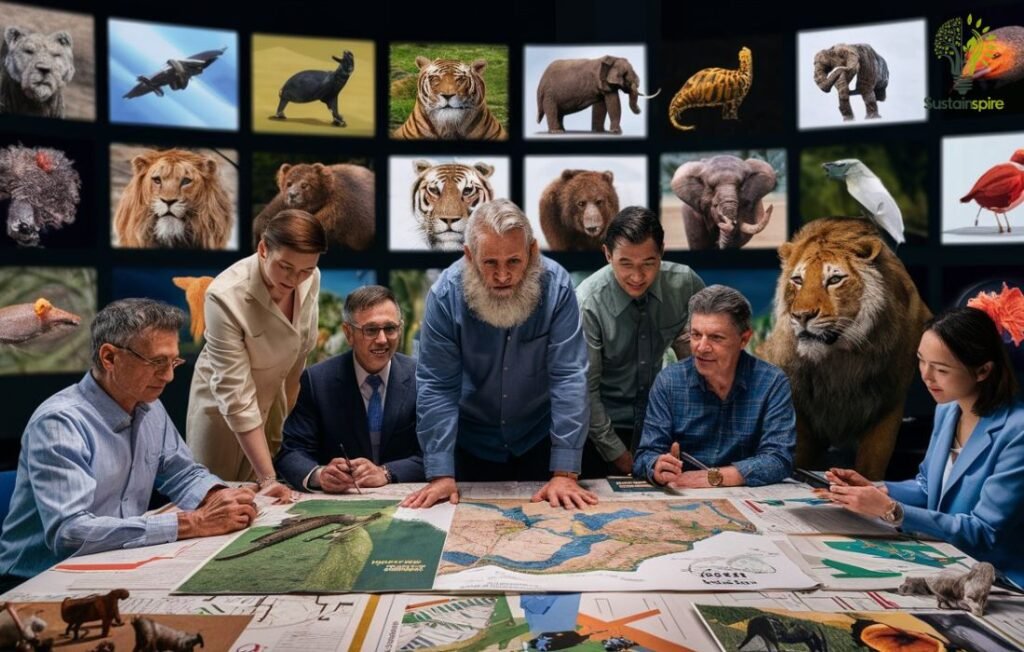
1. Preventing Extinction:
Imagine a world without majestic tigers. These tigers should be prowling through jungles. Imagine a world without playful sea otters frolicking in kelp forests. Sadly, this is the reality we face with many endangered species. SSPs act like a safety net. They provide a lifeline to species on the verge of disappearing.
Take the golden lion tamarin. This small primate is native to Brazil’s Atlantic rainforest. By the 1990s, only a few hundred individuals remained in the wild. The Species Survival Plan for golden lion tamarins facilitated a carefully managed breeding program. This program has successfully increased the population. It has also supported reintroduction efforts in their natural habitat.
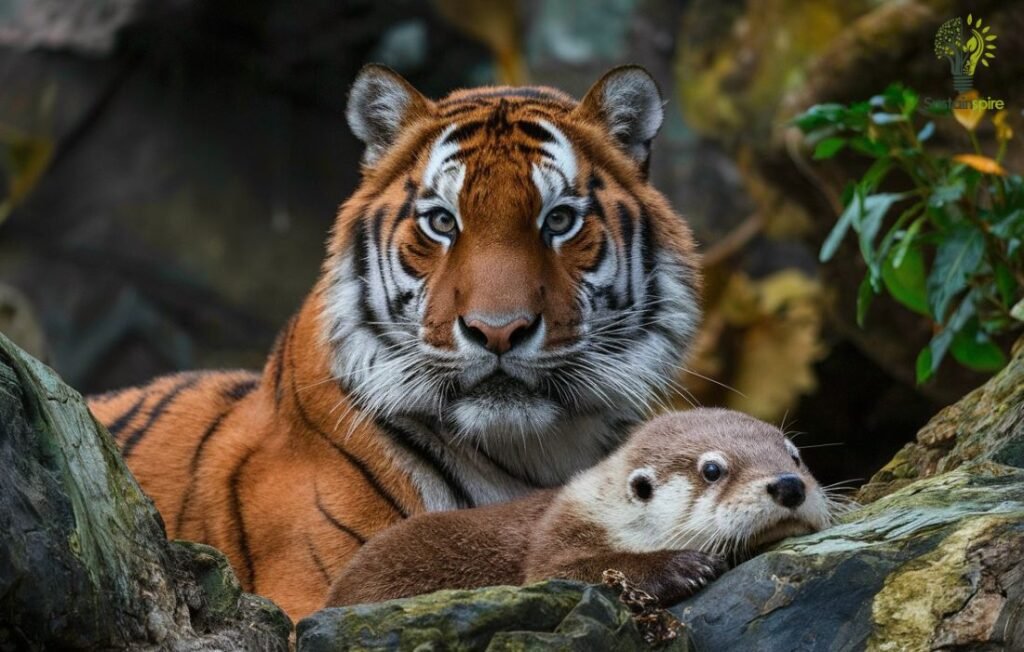
2. Maintaining Genetic Diversity:
Just like humans, animals need genetic diversity to live well. A lack of diversity can make populations weak. They can become more likely to get diseases or be hurt by environmental changes. Think of it like a sports team. You need different players with different skills to win the game.
SSPs carefully track the lineage of each animal in their care. This data allows them to create breeding pairs that maximize strong gene pool. For example, the Amur leopard has benefited from this approach. The Amur leopard is one of the world’s rarest big cats. The Amur leopard Species Survival Plan carefully analyzes pedigrees and genetic data. This ensures healthy bloodlines.
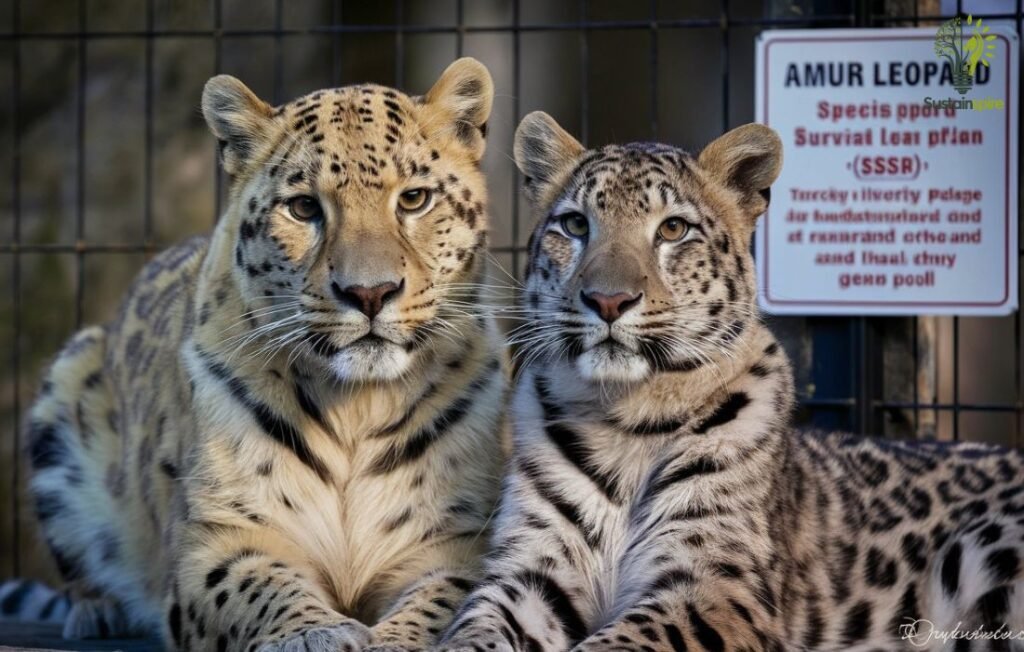
3. A Second Chance:
The ultimate goal of Species Survival Plan is reintroduction. They want to put captive-bred animals back into their natural habitats. However, wild survival requires unique skills. Zoo-raised animals need training. This training teaches them to find food, avoid predators, and navigate their surroundings.
The scimitar-horned oryx is a good example of this. This critically endangered antelope was once found across North Africa. It exemplifies the potential of reintroduction programs. The scimitar-horned oryx SSP used carefully managed breeding and pre-release training. They have successfully established new populations in their native range. This gives this magnificent species a second chance at survival.
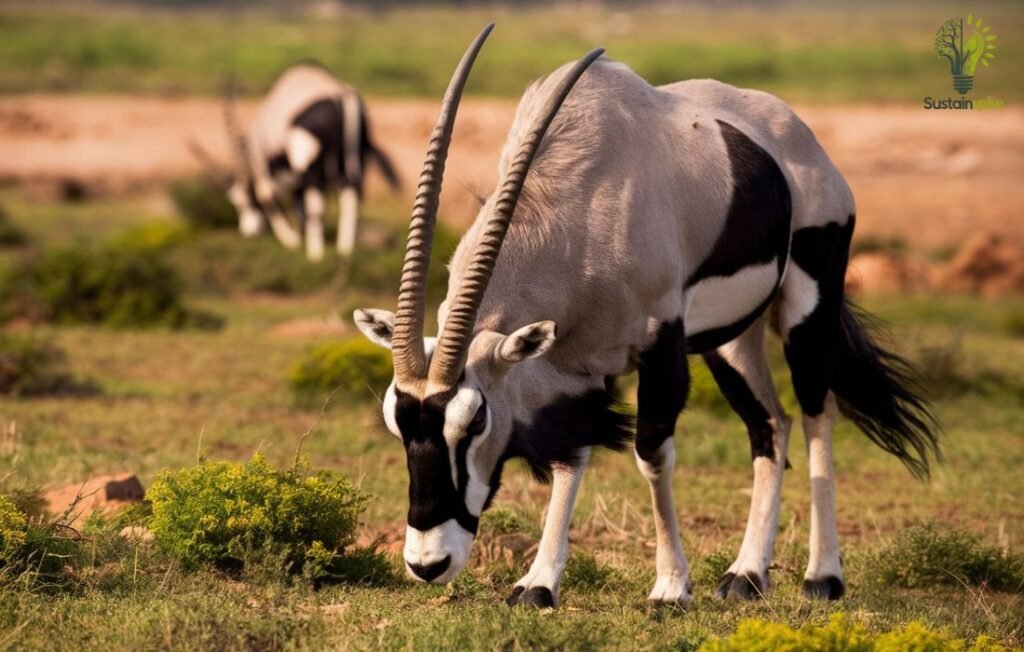
How Species Survival Plans Work?
Saving endangered species requires careful planning and action. It is like a complex puzzle. Each piece has a crucial role. Species Survival Plans (SSPs) are detailed programs. They are designed to protect and manage threatened and endangered species.
These plans use two main strategies. The first is genetic analysis to ensure healthy populations with good diversity. The second is habitat preservation and restoration. This provides safe places for these animals to live. In the next section, you will learn about these strategies in more detail.
Building a Family Tree:
Understanding the genetic makeup of a species is important for its survival. Just like a family tree helps us understand our ancestry, genetic analysis helps scientists track the relationships between individual animals within a species. Scientists study the DNA of individual animals. They want to understand their lineage and genetic health. This information is used to create breeding recommendations. This ensures a healthy and diverse population, as per the strategies of the Species Survival Plan. By carefully selecting which animals should reproduce, scientists can minimize inbreeding. They can also maintain genetic diversity.
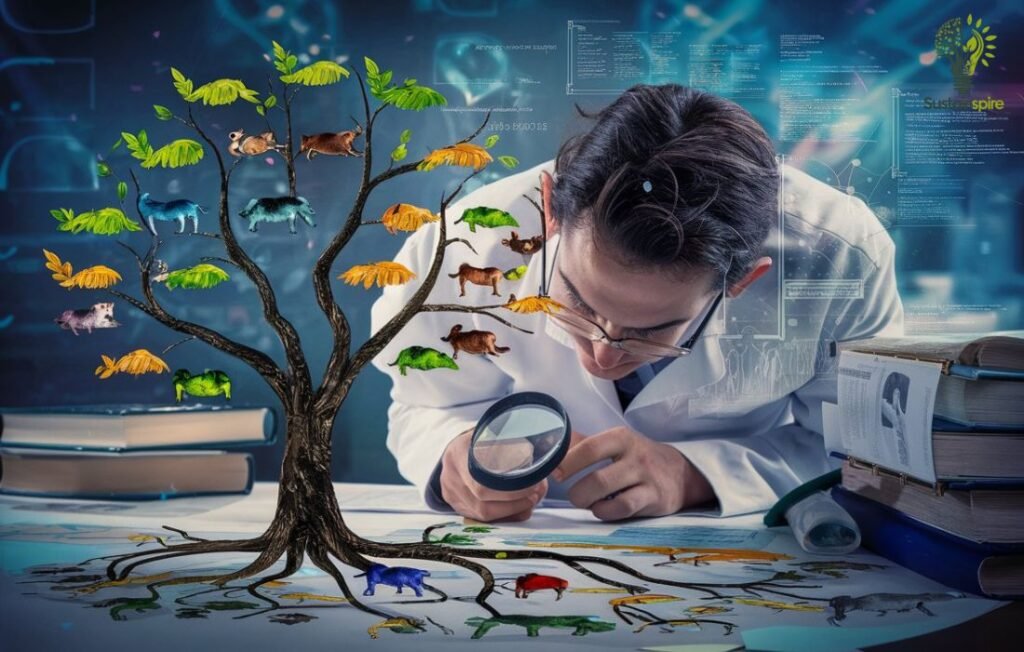
1. Matching Animals for Breeding:
Scientists act as matchmakers for endangered species. They use genetic data to pair individuals. According to the Species Survival Plan, the goal is to maintain genetic diversity. Studbook keepers maintain detailed records of individual animals within a species. They consider factors like ancestry, relatedness, and geographic origin. All this helps them make the best matches.

2. Ensuring Healthy Offspring:
Genetic analysis helps scientists identify potential problems like inbreeding. Inbreeding can lead to weaker offspring and reduced adaptability. By carefully selecting breeding pairs, SSPs help ensure future generations are healthy and resilient. Think of it like building a strong foundation for a house. A diverse gene pool acts as that foundation, providing stability and resilience for the species.
This multifaceted approach combines genetic analysis with habitat management. It is key to giving endangered species a fighting chance at survival. By understanding the importance of each element within an Species Survival Plan, we can better appreciate the collaborative effort. This effort is required to protect our planet’s biodiversity.

Habitat Preservation and Restoration:
Before any animal can be released back into the wild, we need to make sure there is a suitable place for them to live. This section explores how Species Survival Plans prioritize protecting existing wild spaces. They even work to bring back habitats that have been lost.
1. Protecting Wild Spaces:
Protecting existing habitats is often the best way to ensure species survival. This involves identifying critical areas where endangered species live. Measures are then put in place to safeguard them, according to the Species Survival Plan. This might involve establishing protected areas like national parks or wildlife refuges. It can also mean working with communities to develop sustainable land management. These practices reduce habitat degradation.
For instance, the Northern Spotted Owl benefited from a forest plan. This owl lives in the Pacific Northwest. The Northwest Forest Plan was established in 1994. This plan aimed to protect old-growth forests. These forests are crucial for the owl’s survival. The plan balances logging with conservation efforts. You can also read articles related to the Threatened Ecology Communities recovery plan on our website.
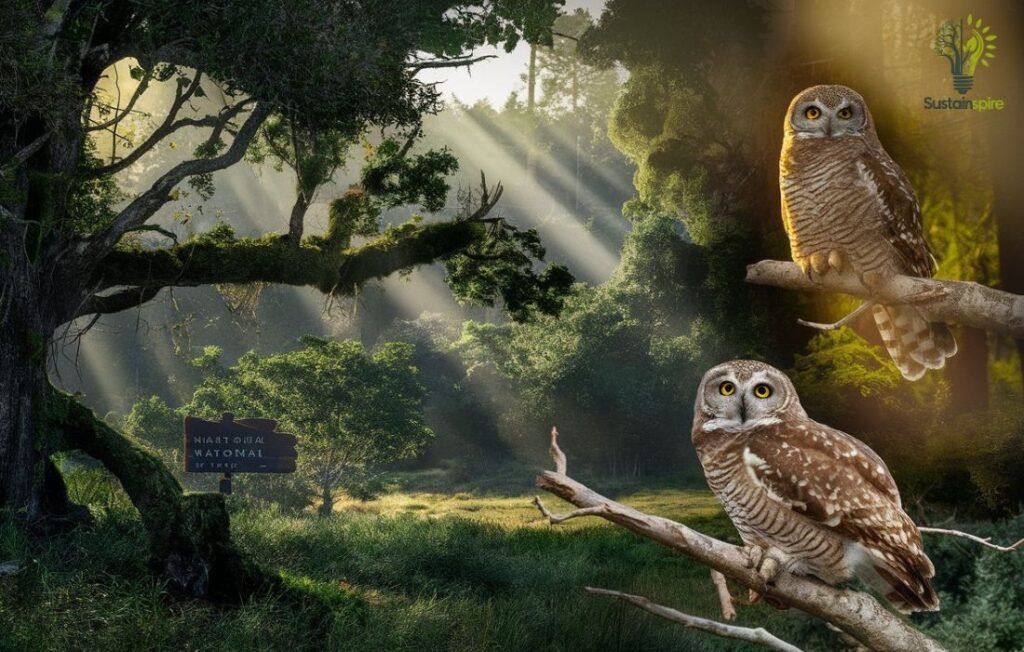
2. Bringing Back Lost Habitats:
Sometimes, protecting what’s left is not enough. Habitat restoration focuses on repairing ecosystems. These ecosystems have been damaged by human activities. This could involve reforestation projects. It could also include bringing back native plants, by following Species Survival Plan. Another solution is removing barriers to animal movement.
The American Bison was once driven to near extinction. It has seen a population recovery, thanks in part to habitat restoration. The American Prairie Reserve in Montana is an example. This large-scale project works to restore native prairie grasslands. It is creating a suitable environment for bison to thrive once again.
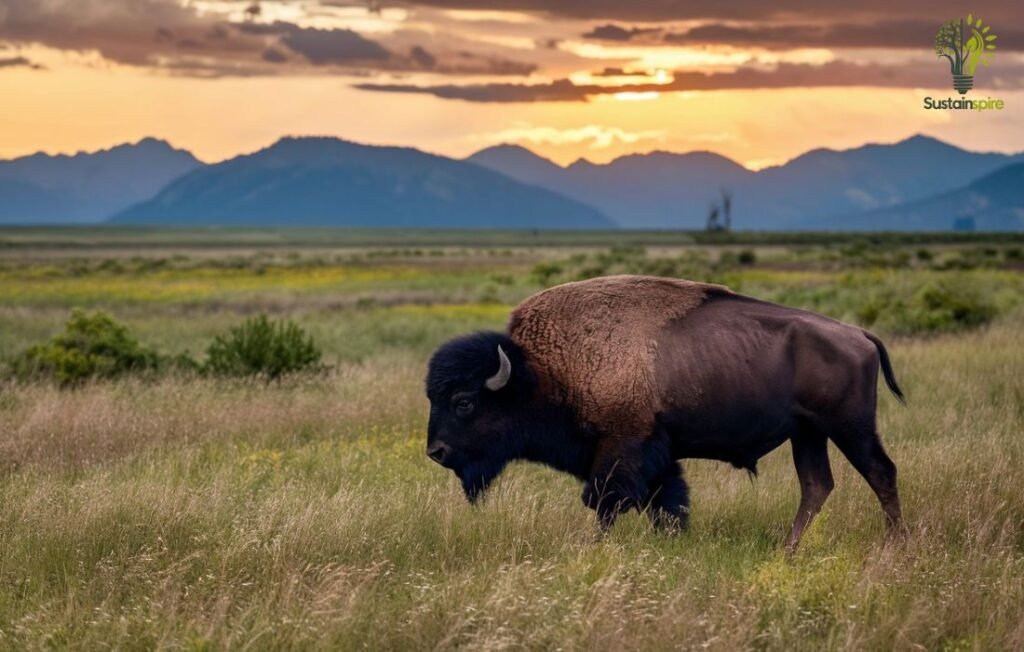
3. Monitoring Success:
Habitat preservation and restoration are ongoing. They require careful monitoring to be effective. Scientists track species populations and assess habitat quality. As defined by Species Survival Plan, they adjust management strategies as needed. This helps ensure that conservation efforts are meeting their goals.
The Florida Panther, a subspecies of cougar, has benefited from habitat restoration. One effort is the creation of wildlife corridors. These corridors connect fragmented habitats. This allows panthers to roam and find mates. This leads to increased genetic diversity and population growth. Ongoing monitoring of panther populations and habitat use helps. Scientists can refine these conservation strategies and ensure success.
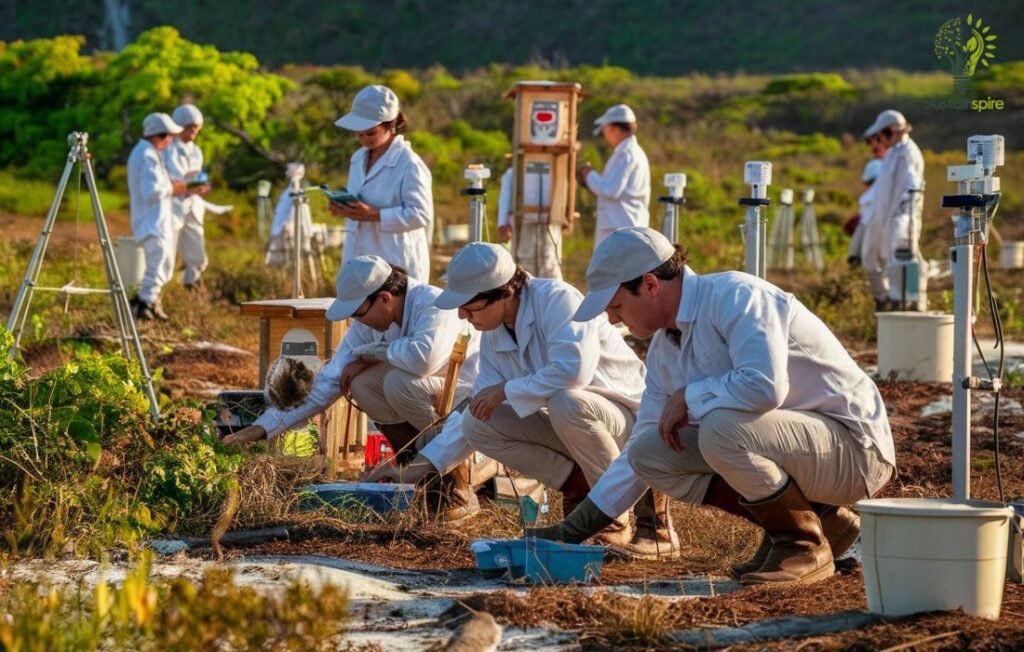
How You Can Help?
Saving endangered species is a global effort. Everyone has a role to play. The Species Survival Plan tackles the complexities of conservation breeding and habitat preservation. However, there are numerous ways individuals can contribute. From supporting your local zoo to spreading awareness, every action makes a difference. Let’s explore how you can become a part of this important mission.
Supporting Conservation Efforts:
You do not need to be a scientist or wildlife expert to support endangered species. Simple choices we make each day can make a real difference, and be the part of Species Survival Plan. Visiting a local conservation organization helps. When we try to lower our environmental impact, it helps too. Your choices directly help the health and variety of life on our planet.
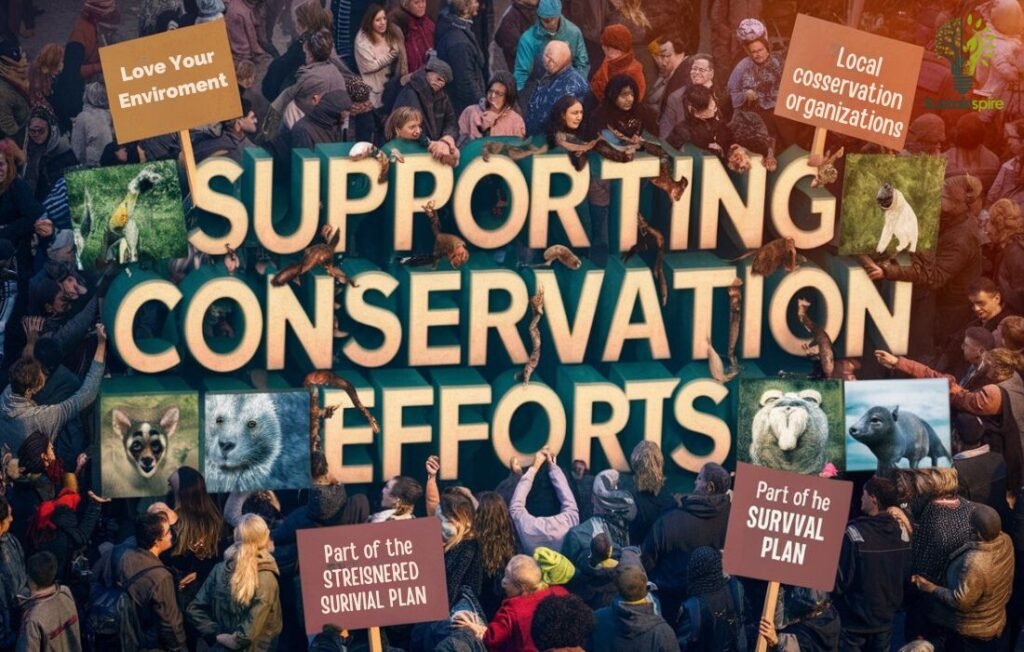
1. Visiting Your Local Zoo or Aquarium:
Zoos and aquariums are not just places of entertainment. They are vital centers for conservation research, education, and breeding programs for endangered species. Your admission fees directly support these important efforts and the Species Survival Plan. They fund initiatives that help protect vulnerable animals in the wild. Additionally, these institutions offer engaging learning experiences. These experiences teach visitors about the challenges faced by endangered species. They also learn ways they can get involved to help.
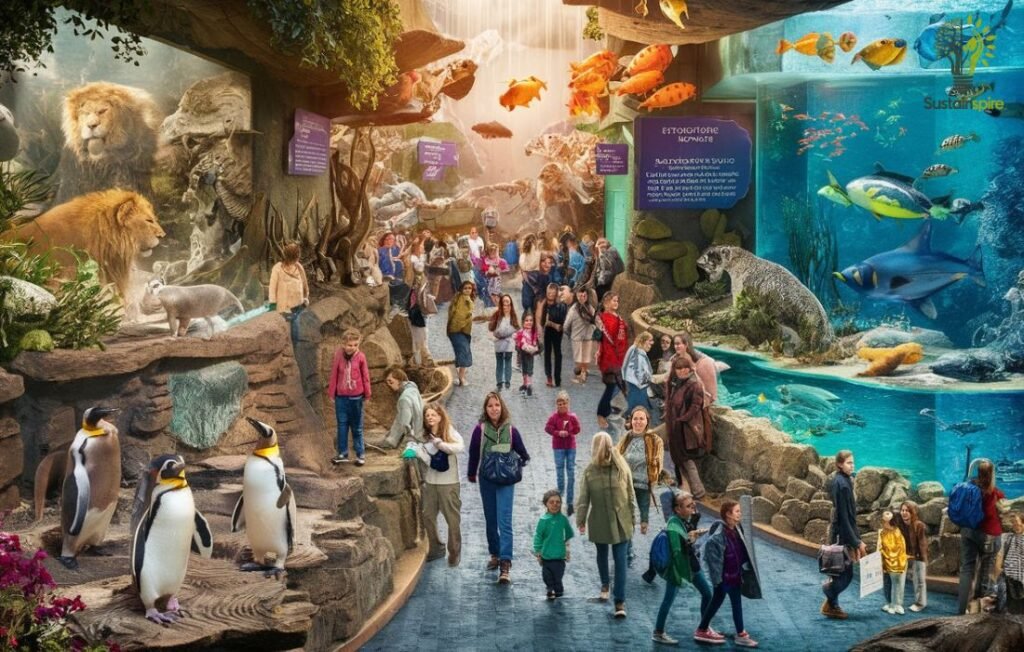
2. Donating to Conservation Organizations:
Many dedicated organizations around the world work hard to protect endangered animals and their habitats. These groups are located all over the world. They need money to do this important work. When you donate to these trustworthy groups, you are giving them vital resources. This money helps them do research to learn more about animals and their habitats. It also helps pay for efforts to protect animals in the wild, through Species Survival Plan. Donations help stop illegal hunting and teach people how to help animals. These organizations rely on support from people like you. Your donation can make a real difference.
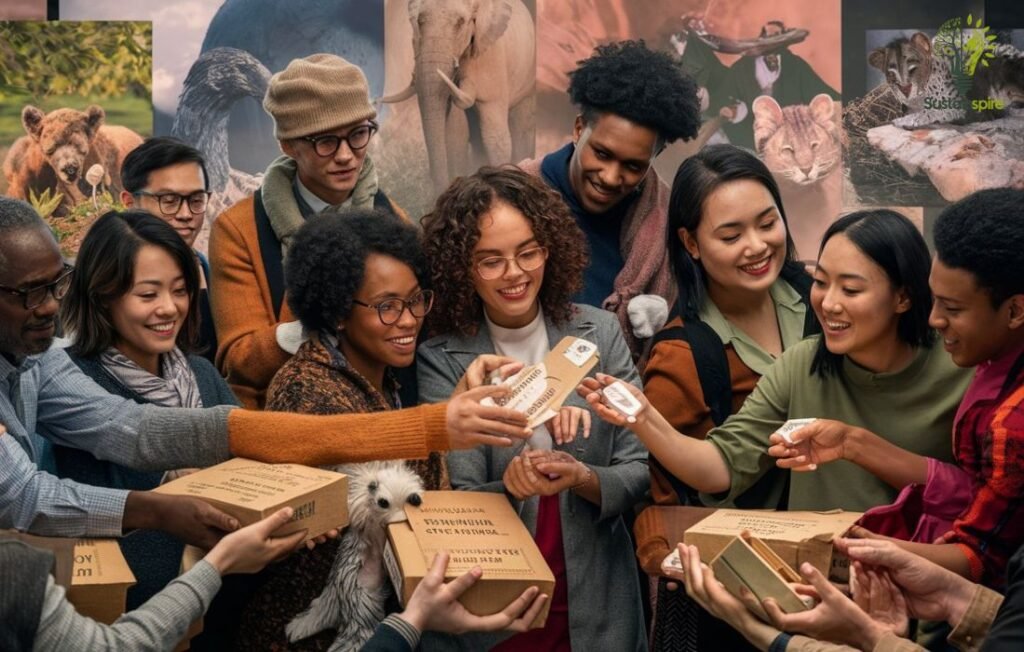
3. Education and Awareness:
One of the best ways to help save species is to learn about them and speak up. Find out about the endangered species in your area and around the world. Share this knowledge with your friends, family, and community. You can organize events, give talks at your school or work, or just talk to people about why biodiversity is important. Raising awareness is often the first step to inspiring action. You can aware others about Species Survival Plan.
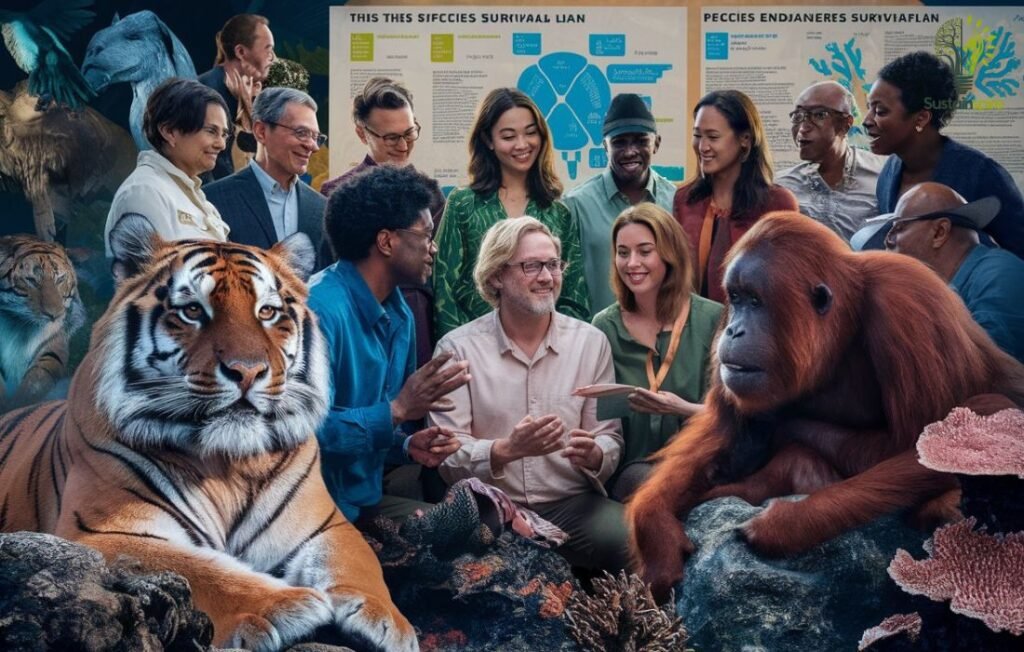
Making Sustainable Choices:
We can all do our part to protect endangered species. Making responsible choices in our daily lives is how we start. We can reduce our impact on the environment. As a part of the Species Survival Plan, we can also support efforts to conserve wildlife. By doing these things, we can help create a brighter future for animals.
1. Reducing Your Carbon Footprint:
Climate change is a serious threat to many species around the world. We can lessen our impact on this urgent problem by reducing our carbon footprint. This will help protect important habitats. Simple actions can make a difference if we all do them. These actions include choosing energy-efficient appliances and using public transportation or carpooling. We can also reduce our use of single-use plastics and follow Species Survival Plan.
According to a 2022 report of Environmental Protection Agency of the United States global carbon emissions from fossil fuels and industry decreased in 2020 compared to 2019. This was largely due to pandemic-related lockdowns. Additionally, studies show that transportation creates 28% of all greenhouse gas emissions in the United States, in year 2022.
Choosing to walk or bike even once a week can make a difference. This small change demonstrates the significant impact that human behavior can have on our planet. While lockdowns are not a sustainable solution, this example highlights the potential for reducing our environmental footprint through collective action.
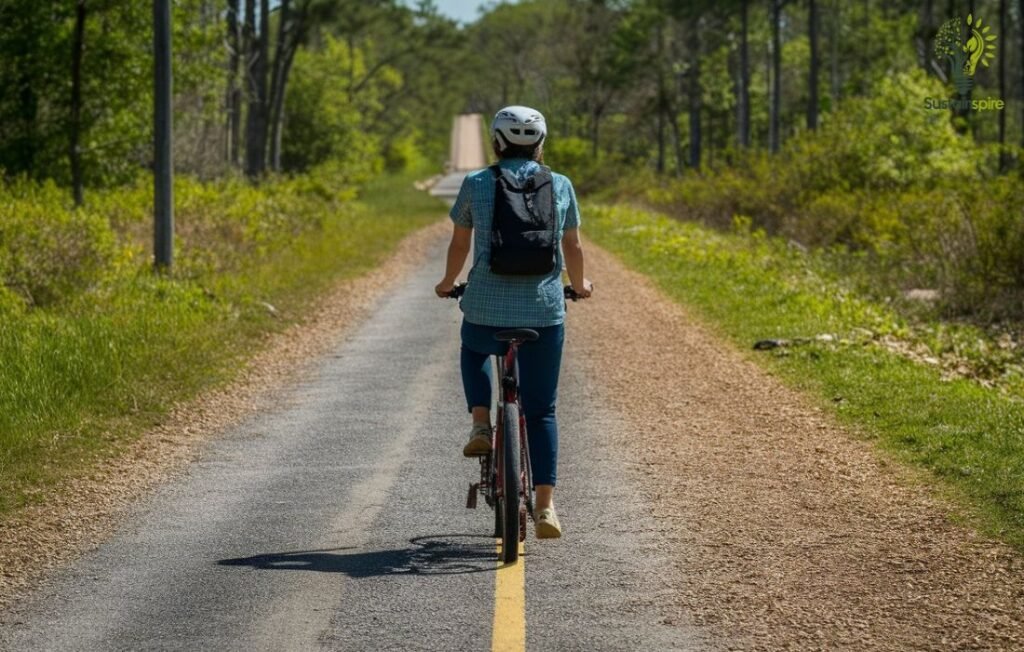
2. Being a Responsible Traveler:
Traveling allows us to experience the beauty of nature. We can appreciate wildlife living in its natural habitat. However, tourism can negatively impact these ecosystems. If we are not careful, we will harm the places we visit. To avoid this, we must travel responsibly.
When traveling, choose eco-friendly accommodations to be the part of Species Survival Plan. Look for places that prioritize sustainability. Support local communities and their businesses. Choose businesses that focus on conservation. Avoid buying souvenirs made from endangered species. Respect wildlife and observe them from a distance. Remember that as travelers, we are guests. We have a responsibility to minimize our impact on these environments.
By incorporating these sustainable practices into our daily routines and travels, we can become more conscious consumers. We can contribute to a healthier planet for all. Remember, protecting wildlife is a collective effort. Every action, no matter how small, counts!

Conclusion:
This article explored the serious threats animals face all over the world. We learned about habitats shrinking, the illegal wildlife trade, and how climate change is hurting animals. These problems are pushing many animals toward extinction. But there is still hope! Species Survival Plan (SSP) offers a way to protect these animals and give them a brighter future.
Species Survival Plans, or SSPs, are a critical part of this effort. These plans are like detailed roadmaps for saving endangered species. Scientists and zoos work together on SSPs. They carefully manage the breeding of animals in their care to maintain genetic diversity. This diversity is like a safety net for a species, making it more resilient to diseases and environmental changes.
SSPs have already achieved some incredible successes. The California condor was once on the brink of extinction. It is slowly making a comeback thanks to these programs. These birds with their impressive wingspans are a testament to the power of conservation. The black-footed ferret is another species brought back from the brink. It is also thriving again. These playful creatures remind us that there is always hope.
You can play a role in these conservation efforts! Supporting your local zoo or aquarium is a great way to get involved. Many of these institutions are part of SSPs. They are actively working to save species. You can also learn more about endangered animals. Let’s work together to ensure our planet remains a vibrant and diverse home. We want a home for all its inhabitants, including animals. A world without these amazing animals would be less interesting. What do you think? Share your thoughts in the comments.
FAQs
AZA-accredited zoos and aquariums are places held to high standards of animal care and conservation by the Association of Zoos and Aquariums (AZA).
Animals that are part of a Species Survival Plan (SSP) are typically endangered or threatened species, such as the Amur leopard, the black rhinoceros, and the California condor.
A major challenge facing SSPs is finding adequate space to house all the animals needing help.
Scientists carefully select animals for breeding within SSPs, considering factors like genetic diversity and relatedness to maintain healthy populations.
The ethics of keeping animals in zoos for conservation spark debate, raising questions about animal well-being despite conservation efforts.
In the United States, owning endangered animals, even with good intentions, is generally illegal, highlighting the importance of respecting wildlife protection laws.








One thought on “Saving Species: The Species Survival Plan”